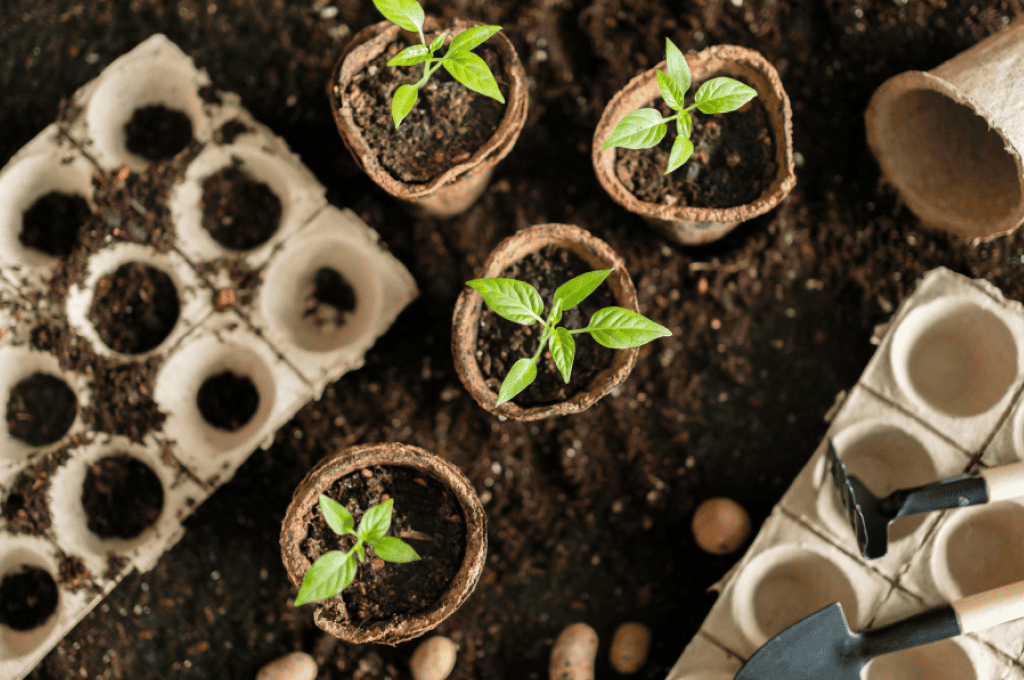
Product walkthrough, trial, POCs, enterprise offering, support and more. Speak with one of our specialists.


Product walkthrough, trial, POCs, enterprise offering, support and more. Speak with one of our specialists.

Tech and Innovation

Soil is one of the most important resources for human survival. In many regions, soil fertility has declined due to intensive farming practices that take more than they give back. Erosion, drought, and soil degradation are now real threats to food security. Farmers, who should be the frontline providers of food, often become victims of systems that weaken the natural resources they rely on[Ref].
Amidst these challenges, the concept of regenerative agriculture emerges as hope. It is not just a farming method, but a philosophy to restore soil health, recover ecosystems, and empower farmers.
Regenerative agriculture is a farming approach that restores and enhances soil quality, biodiversity, and water cycles, while still producing profitable harvests. Unlike conventional farming, which often focuses on short-term yields with high chemical inputs, this method emphasizes ecological balance.
Soil can be understood as a living ecosystem that “breathes,” where every microbe, earthworm, and plant root plays a vital role in sustaining its function. Regenerative agriculture works with nature, not against it. In fact, it goes beyond organic farming by not only avoiding chemicals but also actively repairing damage that has already occurred[Ref].
Soil in many parts of the world, including Indonesia, is facing a crisis. Farmland that was once fertile is now experiencing declining productivity. Causes vary: excessive use of chemical fertilizers that kill microorganisms, intensive tilling that breaks down soil structure, and deforestation that removes natural protection.
In some areas, erosion strips away nutrient-rich topsoil. This process accelerates degradation, making land harder, nutrient-poor, and less able to absorb water. As a result, farmers have to spend more on fertilizers and irrigation, while yields do not always improve.
Another serious issue is the impact of climate change. Unpredictable rainfall patterns and extreme temperatures worsen land conditions. Healthy soil can actually store water and carbon, but degraded soil loses this ability, making it more vulnerable to droughts, floods, and increased carbon emissions into the atmosphere.
Regenerative agriculture is not just a list of rules but a set of interconnected principles. The first principle is keeping the soil covered. Cover crops such as legumes and grasses act like blankets, protecting soil from erosion, retaining moisture, and providing food for soil microbes.
The second principle is reducing or eliminating intensive tilling (no-till farming). By not disturbing soil structure, we preserve the “home” of microbes and worms that improve natural fertility. Crop diversity is also key. Just as humans need a balanced diet, soil requires a variety of plants to stay healthy.
Livestock integration also plays an important role. Animals such as cows, goats, and chickens help process plant residues into natural fertilizer while controlling weeds. Finally, wise water management ensures that soil moisture is maintained without wasting resources.
When applied together, these principles can create a resilient and sustainable farming system.
The benefits are felt at many levels. For farmers, this method can reduce dependence on costly chemical inputs. Healthy soil produces crops that are more resistant to diseases and extreme weather, lowering the risk of crop failure.
For the soil, regeneration means the return of microbes, earthworms, and structure that improves water retention. Healthy soil can also capture large amounts of carbon, helping reduce the impacts of climate change[Ref].
The surrounding environment also benefits. Rainwater does not immediately run off carrying sediment into rivers but infiltrates slowly, replenishing groundwater. Biodiversity increases, from pollinating insects to pest-eating birds.
Big changes begin with small steps. Consumers can support regenerative agriculture by buying products from farmers or brands that adopt this method. Labels such as “regeneratively grown” or equivalent certifications can be a guide.
Policy support is also important. Governments can provide incentives for farmers to transition, offer training, and create markets for regenerative products. Local communities, cooperatives, and NGOs can serve as knowledge hubs and share experiences.
Public awareness is key. The more people understand the importance of healthy soil, the stronger the push to change the way we farm.
Regenerative agriculture is not just a trend but an urgent necessity. Soil is the foundation of life, and when soil is sick, all creatures that depend on it are threatened. By adopting methods that restore rather than deplete, we can ensure that future generations will still have fertile land, clean water, and quality food.
From small backyard gardens to thousands of hectares of farmland, every step toward regeneration counts. The question is, are we willing to restore what we have taken?






















Jejakin’s green programs combine high-tech monitoring, biodiversity restoration, and community-led initiatives to deliver powerful, sustainable change across ecosystems.








